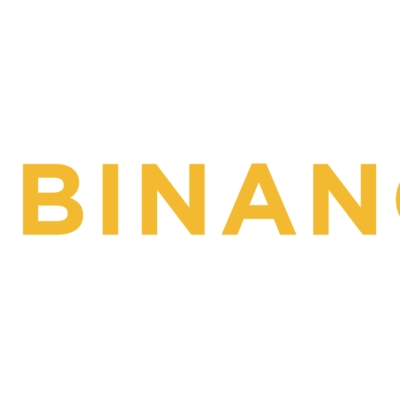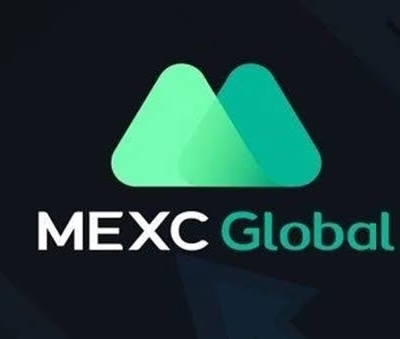Public Companies Could Face Value Dilution If Market Cap Drops Below Bitcoin Holdings
Publicly traded companies acquiring Bitcoin (BTC) as part of their treasury strategy should prepare to pause or exit such efforts if their market capitalization falls below the value of their BTC holdings, according to Matthew Sigel, Head of Digital Assets Research at VanEck.
In a post on X on Monday, Sigel cautioned that a growing risk is emerging for companies raising capital through at-the-market (ATM) offerings to buy Bitcoin: the potential for their stock to trade near or below net asset value (NAV), triggering value dilution instead of appreciation.
“No public company has traded below the NAV of its Bitcoin for a sustained period yet,” Sigel said, “but Semler Scientific (SMLR) is now approaching parity.”
Semler’s Stock Down Despite Growing BTC Holdings
Semler Scientific, a medical technology firm, began buying Bitcoin in May 2024 and has since accumulated 3,808 BTC, currently worth around $404.6 million. This places it 13th among public companies in terms of Bitcoin holdings.
However, despite Bitcoin’s upward momentum, Semler’s share price has declined by over 45% in 2025, returning to the level seen just before it began its Bitcoin acquisition strategy. As a result, its market capitalization has dropped to approximately $434.7 million, bringing it dangerously close to NAV parity.
According to data from Coinkite, Semler’s market cap-to-Bitcoin NAV multiple (mNAV) has fallen to 0.821x, meaning the company is now trading at a discount to its Bitcoin holdings.
When Bitcoin Buys Risk Dilution, Not Growth
Sigel argued that continued issuance of equity at or near NAV may no longer be a value-creating strategy. Instead, it risks becoming extractive by diluting existing shareholders without increasing per-share value.
“Once you are trading at NAV, shareholder dilution is no longer strategic. It is extractive,” he warned.
Sigel recommended that firms pause their ATM share offerings if their mNAV drops below 0.95x for more than 10 days, to avoid entering this zone of value erosion.
Safeguards for Bitcoin-Focused Corporations
To preserve shareholder value and operational flexibility, Sigel suggested a set of safeguards for Bitcoin-buying public companies:
-
Pause new equity issuance when trading below 0.95x NAV for 10 days
-
Prioritize share buybacks if BTC appreciates but the company’s stock does not reflect that gain
-
Conduct a strategic review if the NAV discount persists, which could include:
-
A merger or acquisition
-
A spin-off of the BTC strategy
-
A full exit from the BTC accumulation plan
-
These measures, Sigel argued, could preserve capital efficiency and provide companies with more strategic optionality before hitting structural constraints.
Aligning Executive Compensation With Shareholder Value
Sigel also urged firms to align executive compensation with per-share NAV growth, rather than incentivizing executives based on the absolute size of their Bitcoin stack or share count.
“Executives should be paid for value creation — not for stacking BTC or diluting shareholders,” he said.
“Company leaders need to act with discipline now, while they still have the benefit of optionality.”
No public BTC treasury company has traded below its Bitcoin NAV for a sustained period.
But at least one is now approaching parity.
As some of these companies raise capital through large at-the-market (ATM) programs to buy BTC, a risk is emerging: If the stock trades at or near…
— matthew sigel, recovering CFA (@matthew_sigel) June 16, 2025
A Broader Risk to the Bitcoin Treasury Trend?
Semler is one of many companies that have adopted Bitcoin as a strategic treasury asset, following in the footsteps of Strategy (formerly MicroStrategy), which began buying BTC in August 2020. The movement gained traction with dozens of firms using equity and debt issuance to fund Bitcoin acquisitions.
While this strategy has been wildly successful for some companies during Bitcoin bull cycles, Sigel’s warning suggests that these firms must now consider the risks of overexposure, especially in volatile equity markets where share price and NAV can quickly decouple.
“The Bitcoin treasury model can create value — but only if managed with capital discipline,” Sigel noted.
What Happens If More Firms Trade at or Below NAV?
A growing number of Bitcoin-buying companies trading at or below NAV could pressure the model itself, as capital-raising capacity diminishes, and the option to issue new shares becomes less viable.
Investors may begin demanding NAV-based valuation metrics rather than treating these stocks as growth vehicles, especially if BTC holdings become the dominant part of the firm’s asset base.
Conclusion
VanEck’s Matthew Sigel has issued a cautionary note to the growing class of Bitcoin-buying public companies, urging them to implement safeguards against shareholder dilution and NAV erosion. With companies like Semler Scientific now trading near the value of their BTC holdings, the line between strategic Bitcoin accumulation and balance sheet risk is becoming increasingly thin.
As crypto adoption accelerates, firms must balance long-term exposure to Bitcoin with short-term market realities — or risk undermining shareholder trust in the process.












